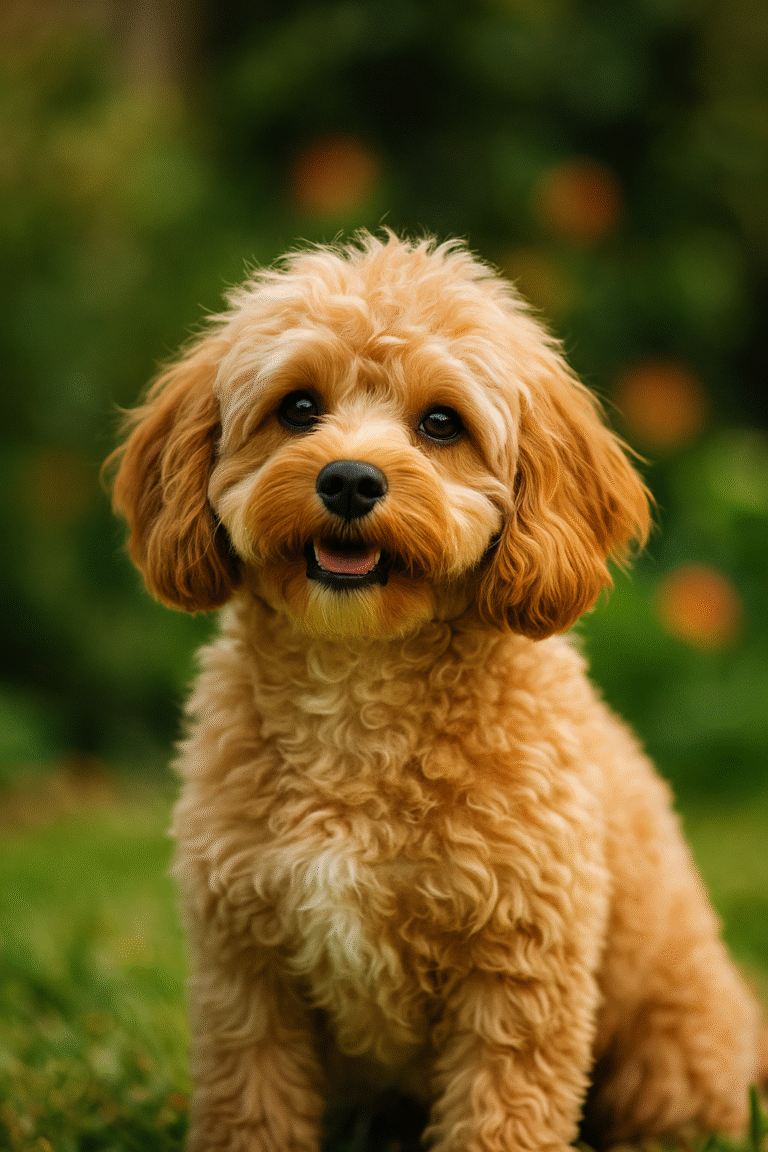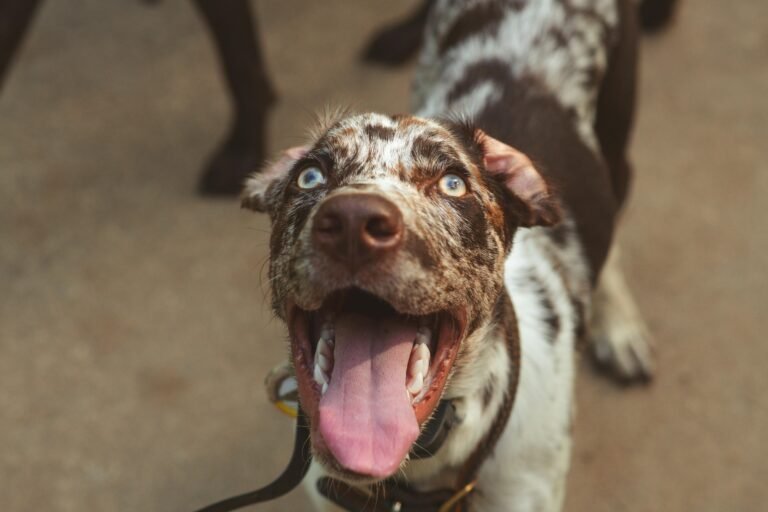Imagine a Siberian Husky—only fun-sized, full of spunk, and packed with personality. That’s the Alaskan Klee Kai: a breed that combines the stunning looks of a northern working dog with the compact convenience of a companion pet.
While not yet a household name, this miniature marvel is gaining popularity for good reason. In this post, we’ll dive into the Klee Kai’s origin, temperament, care needs, and why this little dynamo might just steal your heart—and your socks.
Origins: A Modern Breed with Northern Roots
The Alaskan Klee Kai was developed in the 1970s by Linda Spurlin in Alaska. She wanted a smaller version of the Alaskan Husky that retained the breed’s striking appearance and intelligence but was better suited for life as a companion dog.
Spurlin crossed Alaskan Huskies with smaller breeds like the American Eskimo and Schipperke to refine the size and temperament. The result? A loyal, sharp, and compact sled-dog lookalike with its own unique charm.
Size & Appearance
There are three sizes of Klee Kai:
- Toy: Up to 13 inches tall
- Miniature: 13–15 inches tall
- Standard: 15–17 inches tall
Most weigh between 10–20 pounds. Despite their size, they have the signature double coat, curled tail, and facial mask that make Huskies so iconic. Their coats come in red, gray, black, or white combinations.
Temperament: Not Just a Pretty Face
The Alaskan Klee Kai is:
- Alert: Naturally watchful, often making a great watchdog.
- Loyal: Forms strong bonds with family, often aloof with strangers.
- Energetic: Needs physical activity and mental stimulation daily.
- Vocal: Will “talk” and yodel rather than bark aggressively.
- Independent: Can be stubborn or reserved—early training is a must.
They’re not ideal for every household but thrive with experienced dog owners who understand canine communication and positive reinforcement techniques.
Exercise & Enrichment
Klee Kais may be small, but they have high energy levels. A few daily walks won’t cut it—think:
- Structured hikes
- Agility training
- Interactive toys and puzzle feeders
- Off-leash play in secure areas
Without enough stimulation, Klee Kais can become anxious or mischievous. Don’t underestimate their physical and mental needs.
Grooming & Shedding
Like their Husky cousins, Klee Kais have a dense double coat that sheds heavily—especially during seasonal changes. You’ll need:
- Weekly brushing (daily during shedding season)
- Occasional baths
- Regular nail trims and ear cleaning
They are naturally clean dogs and don’t tend to have a strong “doggy” odor.
Training & Socialization
Klee Kais are intelligent but easily bored. Start obedience training early and use positive reinforcement. Due to their cautious nature, early and consistent socialization is crucial to avoid fearful behavior around strangers or other pets.
Common training goals include:
- Recall and leash manners
- Crate training
- Desensitization to grooming and new environments
Health & Lifespan
This breed is generally healthy and can live 12–16 years. Common concerns to monitor include:
- Patellar luxation
- Thyroid issues
- Liver shunts (rare)
Choose a responsible breeder who screens for these issues, or adopt from a breed-specific rescue.
Is the Alaskan Klee Kai Right for You?
This breed is perfect for people who:
- Want a smaller dog with the look and spirit of a northern breed
- Are active and enjoy mentally stimulating play
- Can dedicate time to training and bonding
- Understand independent and reserved dog behavior
They may not be ideal for homes with very young kids or multiple other pets, as they can be possessive and shy.
Conclusion: Small Dog, Big Personality
The Alaskan Klee Kai may be small, but it packs all the energy, beauty, and sass of a much larger dog. If you’re looking for a smart, active, and loyal companion with striking looks and a mind of their own, the Klee Kai just might be your dream dog—pint-sized howls and all.






